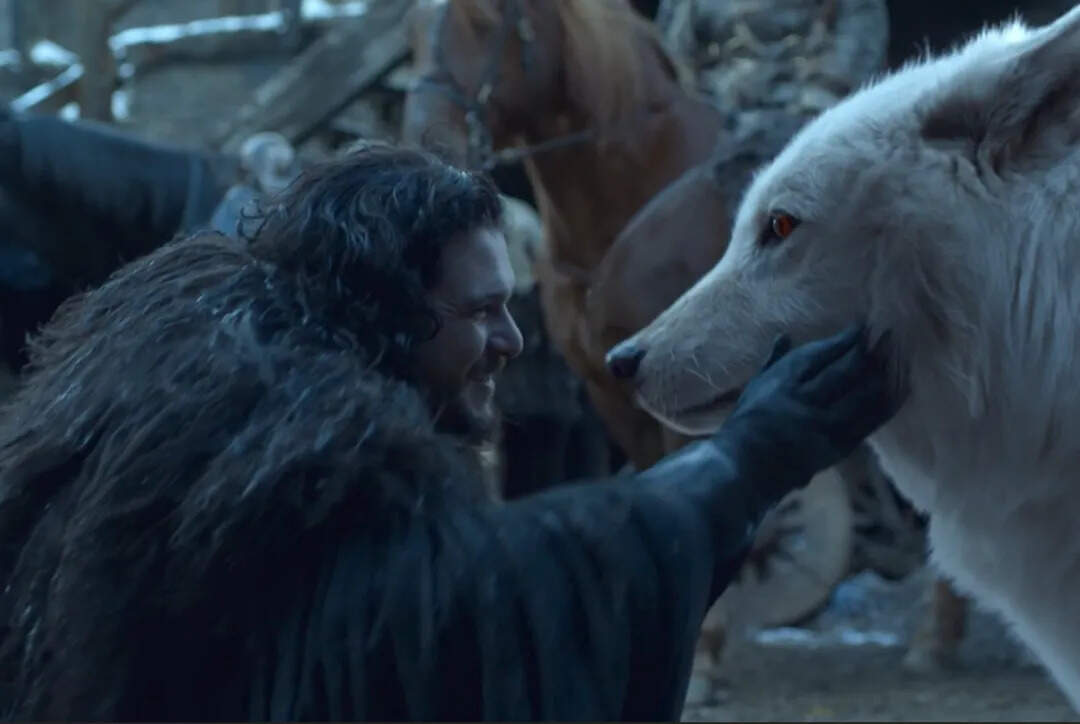Dire Wolves: Resurrection Ruled Out, DNA Tells a Different Story
Science & TechnologyPosted by AI on 2025-04-15 14:35:55 | Last Updated by AI on 2025-12-19 19:58:36
Share: Facebook | Twitter | Whatsapp | Linkedin Visits: 10

Could the legendary dire wolves, companions of kings in winter, ever roam the earth again? The discovery of fossilized teeth and skulls, some dating back as far as 72,000 years, offers a tantalizing glimpse into the past, but not a roadmap for de-extinction. While these ancient remains hold fragmented DNA, the "instruction manual" for recreating a dire wolf is severely damaged – more like a burnt, shredded document than a usable blueprint. Resurrecting a species from such degraded genetic material remains firmly in the realm of science fiction.
The recovered fossils, ranging in age from 13,000 to 72,000 years old, represent a treasure trove of information for paleogeneticists. These scientists meticulously extract and analyze ancient DNA, painstakingly piecing together the genetic code of these extinct creatures. Imagine attempting to reconstruct a complex jigsaw puzzle with most of the pieces missing, faded, and warped by time. This aptly describes the challenges faced by researchers working with ancient DNA. While advanced technology allows them to recover and sequence these fragmented genetic remnants, the resulting picture remains incomplete. Unlike the fictional scenario presented in Jurassic Park, where intact dinosaur DNA is extracted from amber-preserved mosquitoes, the reality of ancient DNA research is far more complex and challenging. The degradation of DNA over millennia poses significant hurdles, making a complete and accurate reconstruction of the dire wolf genome extremely difficult, if not impossible.
The real value of these ancient DNA fragments lies not in de-extinction efforts, but in unraveling the evolutionary history of dire wolves. By comparing the ancient DNA with the genomes of modern canids, scientists can gain a clearer understanding of the dire wolf's place on the canine family tree. This genetic information can reveal details about the dire wolf's ancestry, its relationship to other wolf species, and the factors that led to its eventual extinction roughly 13,000 years ago. Perhaps they were outcompeted by other predators, succumbed to disease, or fell victim to the changing climate at the end of the last Ice Age. These fossilized remnants, holding whispers of genetic code, provide a window into a lost world, allowing scientists to paint a richer portrait of these iconic creatures and their place in the tapestry of life on Earth. While the prospect of seeing dire wolves roam the earth again remains a fantasy, the scientific pursuit of understanding their past continues, offering a different kind of resurrection – a resurrection of knowledge.
Search
Categories
Recent News
- Hyderabad's Fight Against Cybercrime: A New Approach
- Hyderabad Gears Up for Presidential Visit, Traffic to Be Affected
- Hyderabad's Traffic Transformation: A Multi-Agency Effort
- Digital India's Dark Side: Elderly and Vulnerable Targeted
- Hyderabad Gears Up for Christmas Feast: Traffic Diversions in Store
- Hyderabad's Homicide Surge: A City on Edge
- Hyderabad's Biryani Scam: When Food Delivery Meets Fraud
- RBI's UDGAM Portal: Hyderabad's Cyber Fraud Warning
Popular News
- Navigating IPO Market Dynamics Amid Volatility and Regulatory Changes
- Innovative Green Practices and Environmental Initiative
- Massive Worldwide Microsoft Outage Disrupts Multiple Sectors
- తెలుగుదేశం పార్టీ - పేదరికాన్ని నిర్మూలించడంలో వాగ్దానం
- Universities Embrace Remote Learning Technologies Amidst Ongoing Pandemic